Biography of Pierre Raleau dit Vaillant & Jeanne Faucheux
Discover the story of Pierre Raleau dit Vaillant & Jeanne Faucheux, a Frenchman and a “fille du roi” who braved the unknown and settled in Canada.
Biography of Pierre Raleau dit Vaillant & Jeanne Faucheux
Discover the story of a Frenchman and a “fille du roi” who braved the unknown and settled in Canada.
Pierre Raleau dit Vaillant, the son of Philippe Raleau and Jacquette Lhéritier, was born in Mauprévoir, Vienne, France. He was baptized "Pantaléon" on April 16, 1663, in the parish of St-Impère. Today, the village is home to about 600 residents.
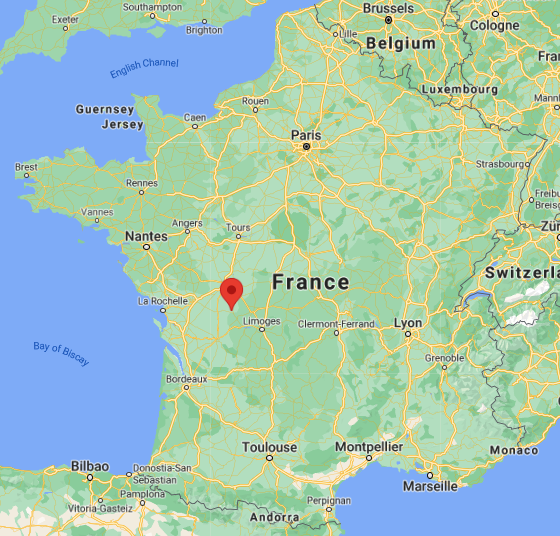
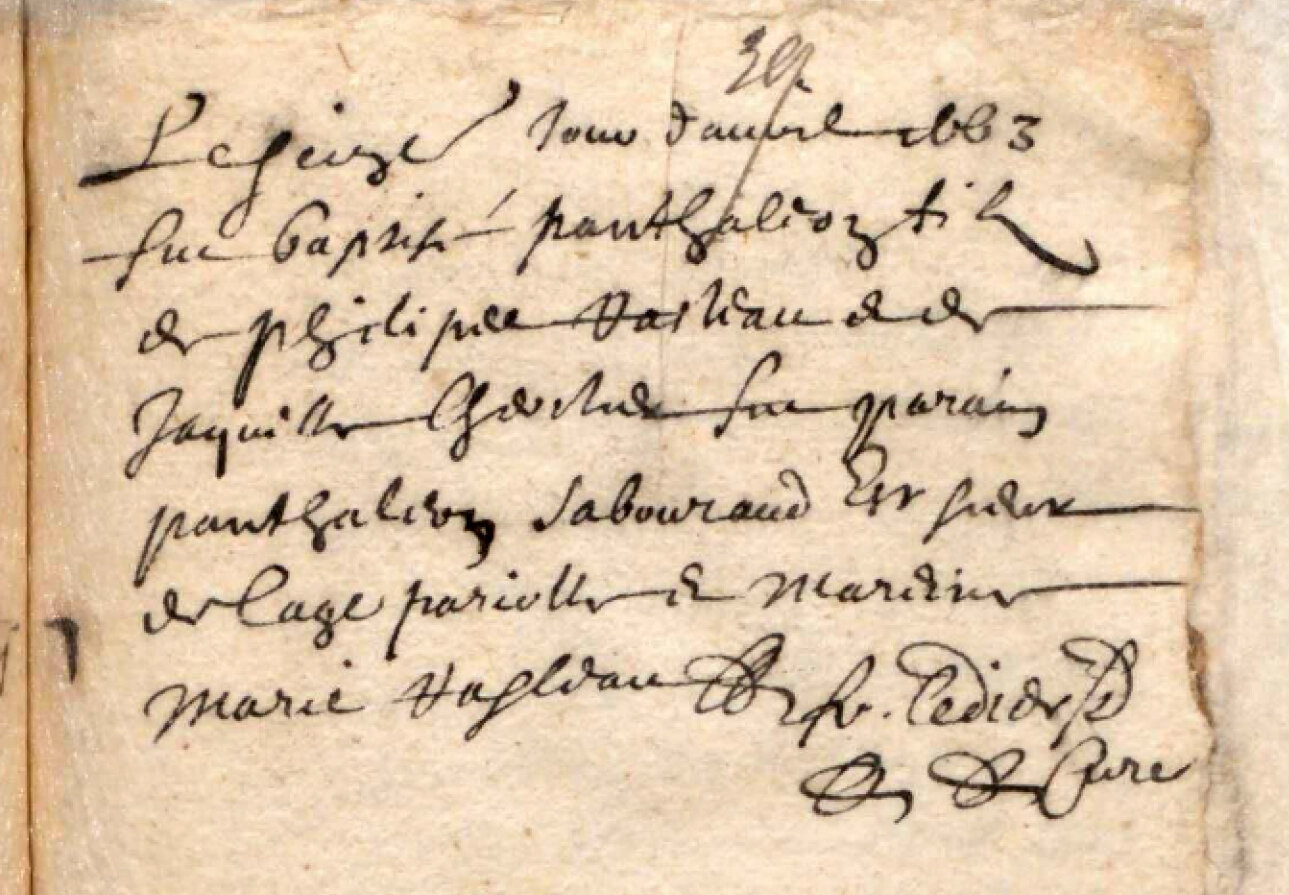
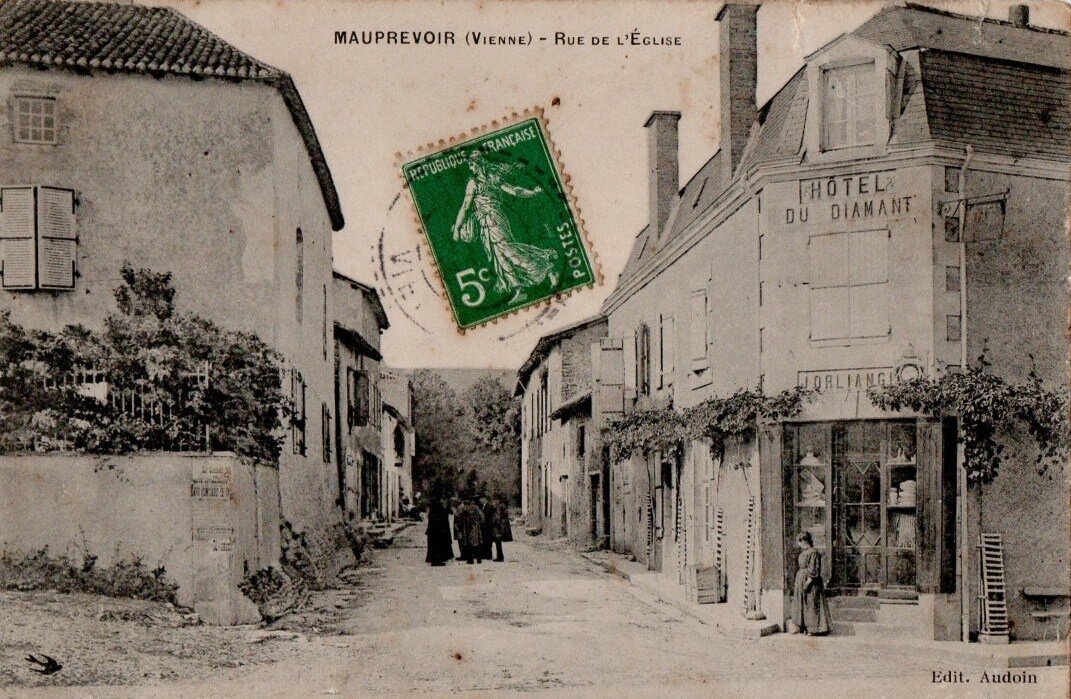


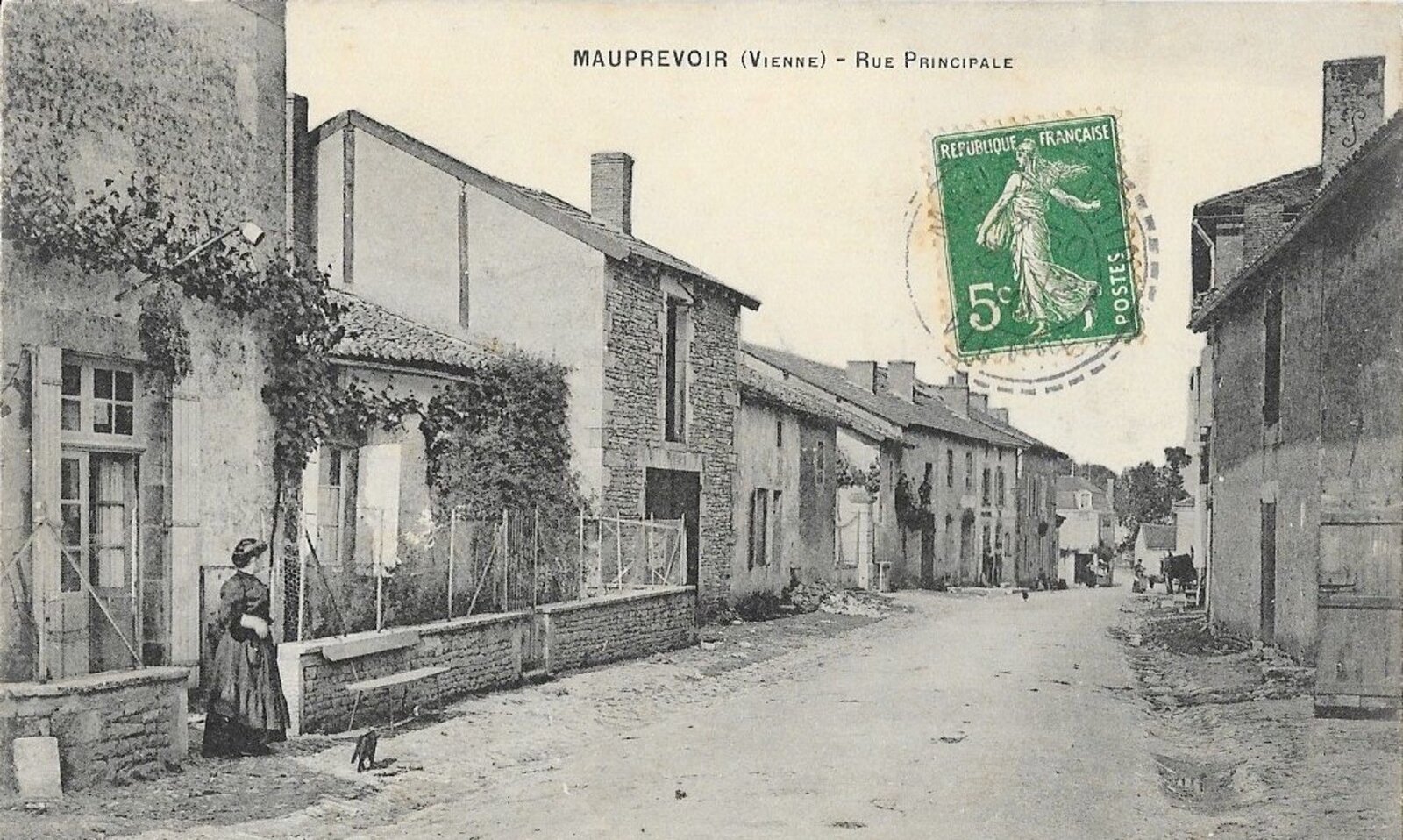
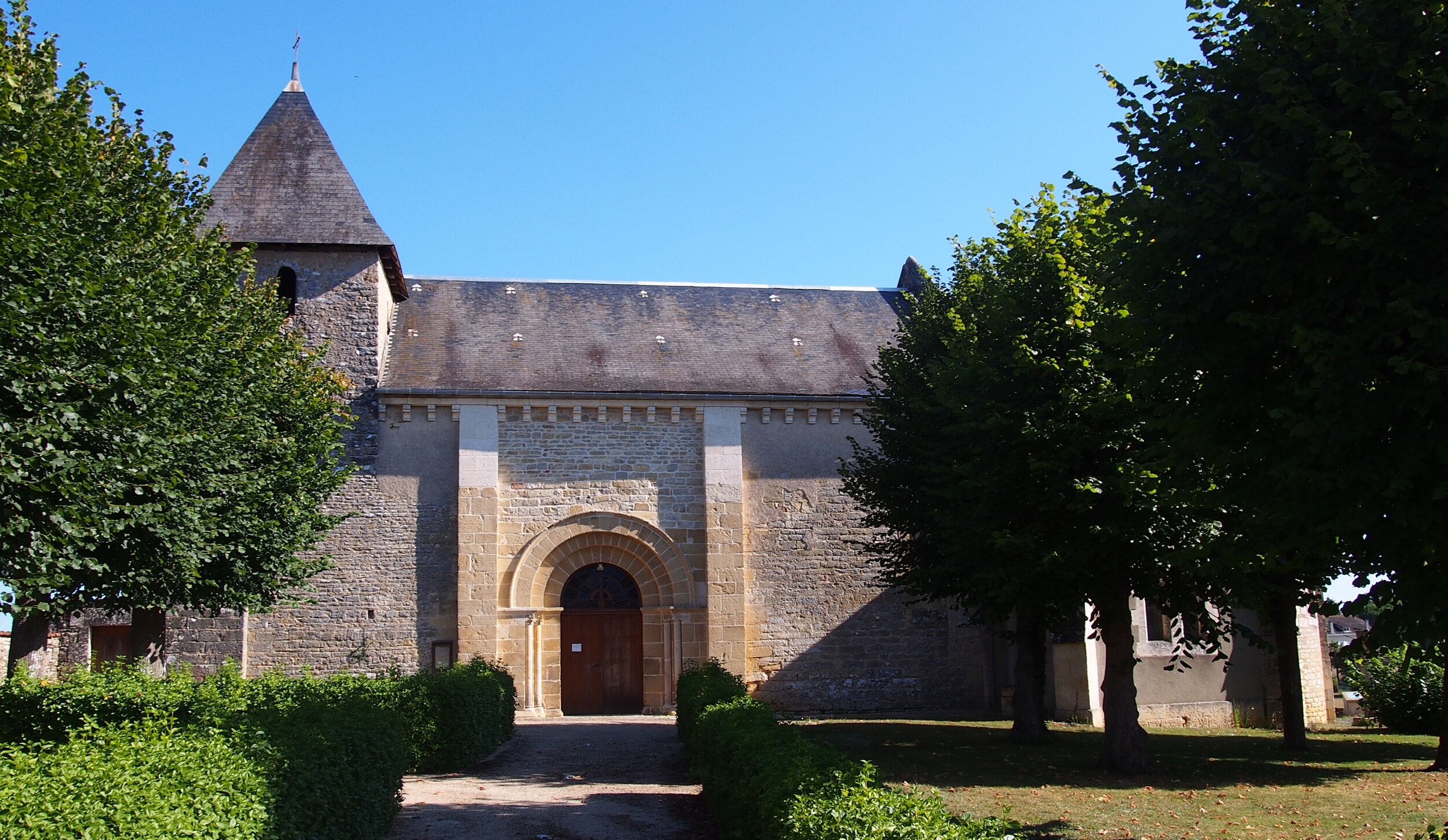
Though his exact arrival isn't known, Pierre was in New France by 1688.
Why Sail to New France?
In its early days, New France was seen as a wild, cold and unwelcoming place. What reasons did our French ancestors have for leaving their home behind and making the perilous journey across to the new world? Though some historians have theorized that many Frenchmen fled from poverty and famine, others argue that most left in the pursuit of better economic opportunities. Recruiters told young men of the vast amounts of land available in New France and enticed them to sign contracts with monetary incentives. Government agents recruited soldiers, specialized workers and single women (Filles à marier and Filles du roi). These young women, often having lost at least one parent, went to New France for the opportunity to marry, which they may not have had in France without a dowry. Click here to learn more.
Jeanne Faucheux, the daughter of Noël Faucheux and Jacqueline Thoreau (or Choreau), was born in Huisseau-sur-Mauves, Loiret, France. She was baptized on June 10, 1655, in the parish church of St-Pierre-ès-Liens. Located approximately 130 kilometres southwest of Paris, the village of Huisseau-sur-Mauves has a current population of about 1,700 residents, called "Uxellois".
Note: the spelling of Jeanne's surname varies on documents: Faucheux, Fauché, Faucher.
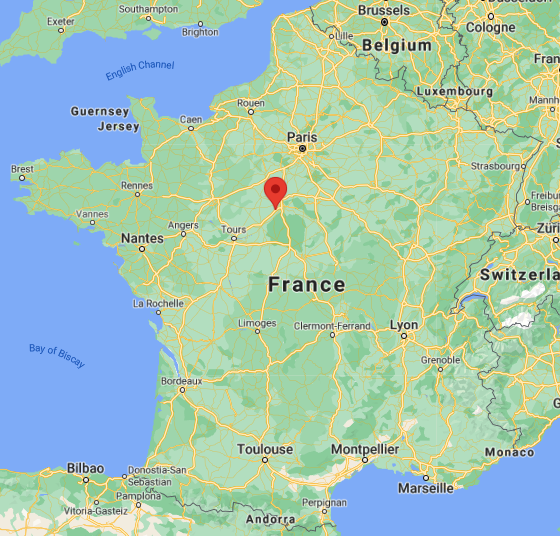

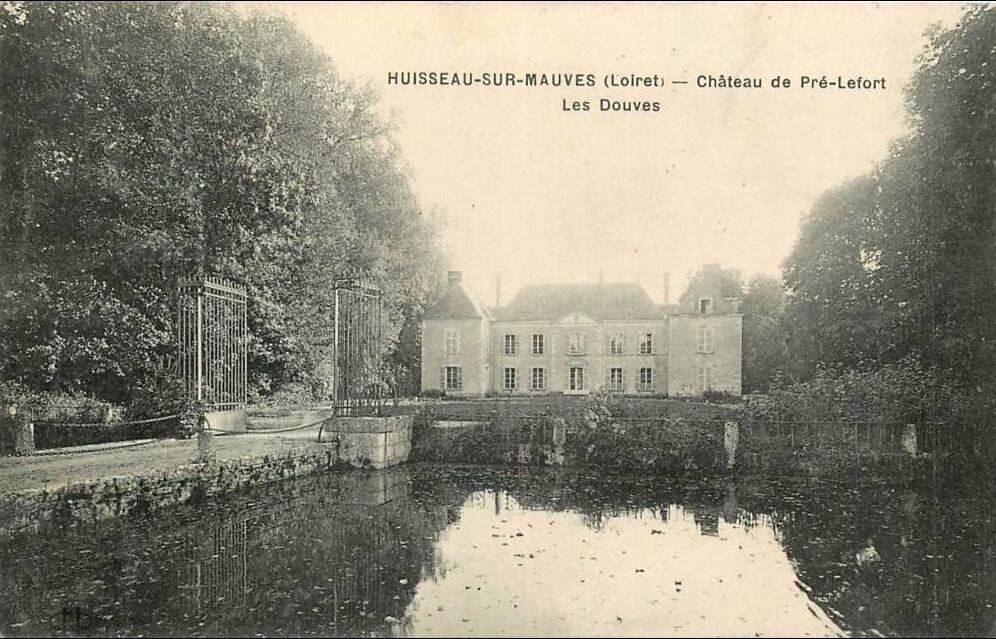
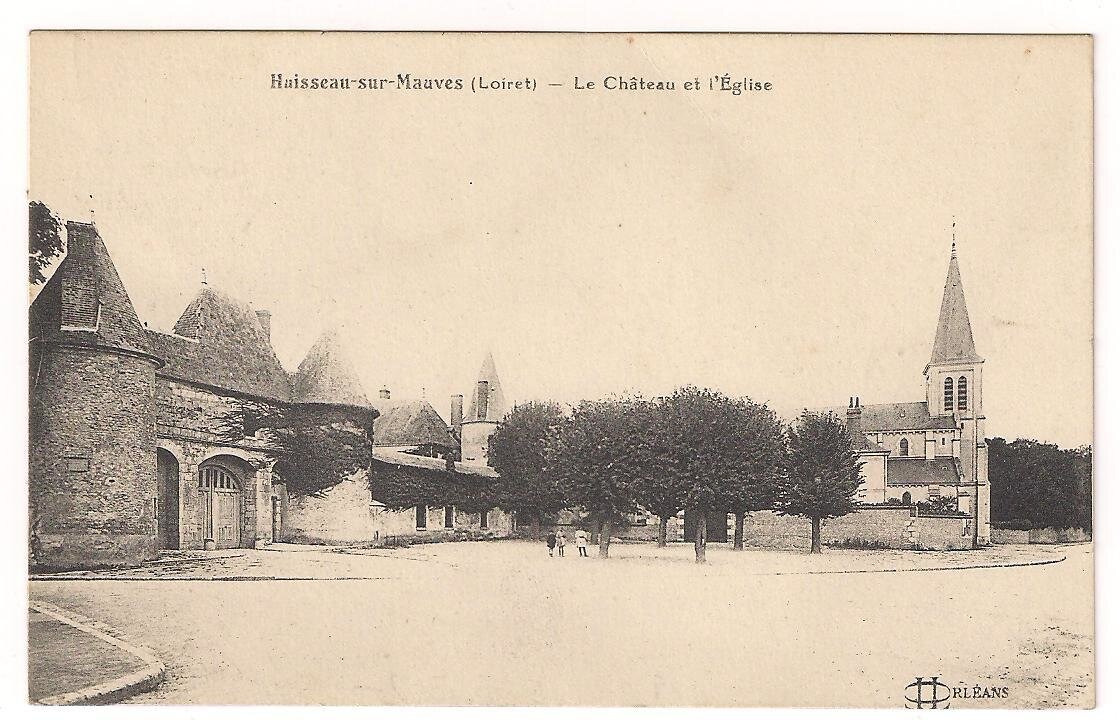
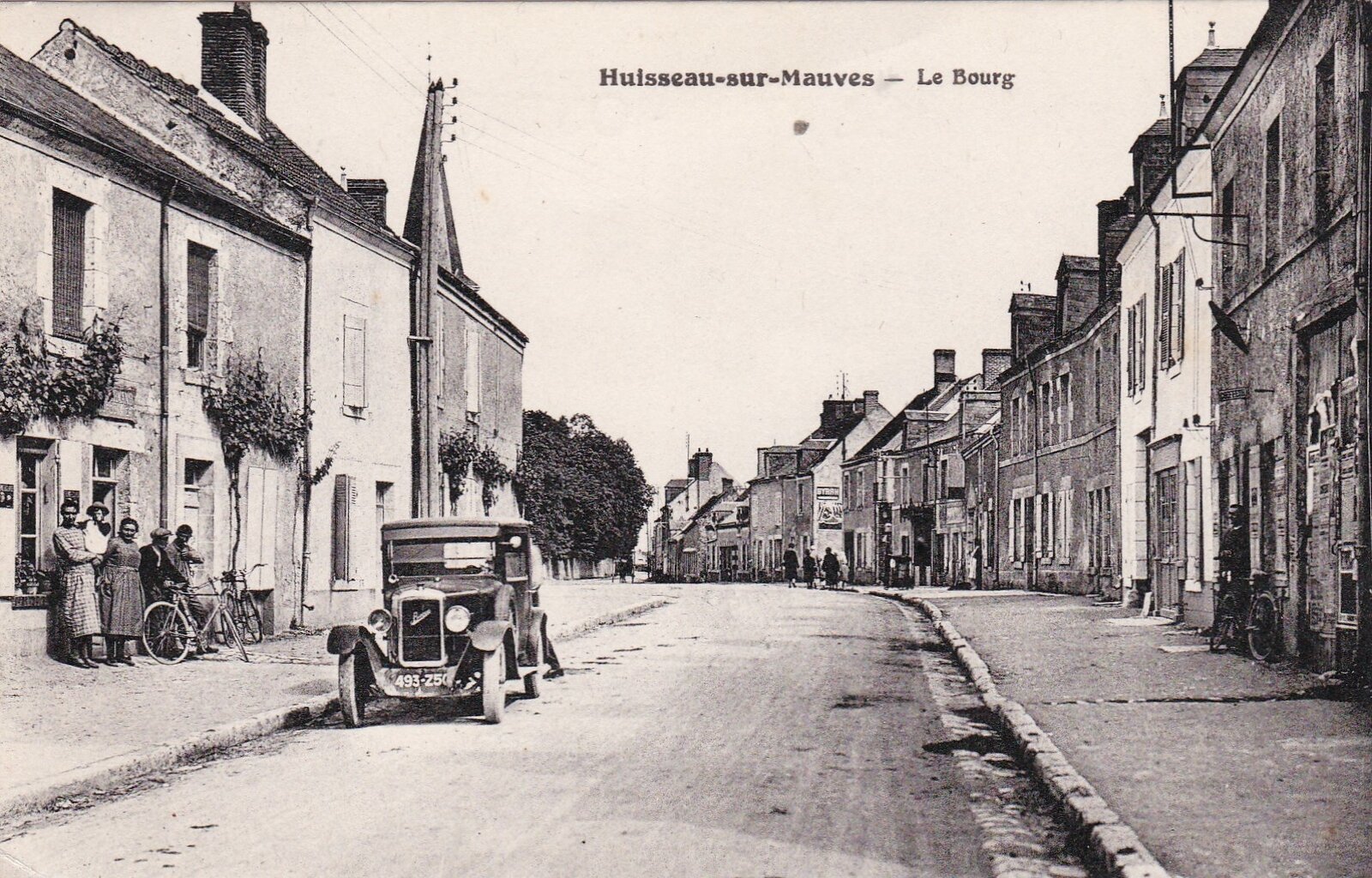
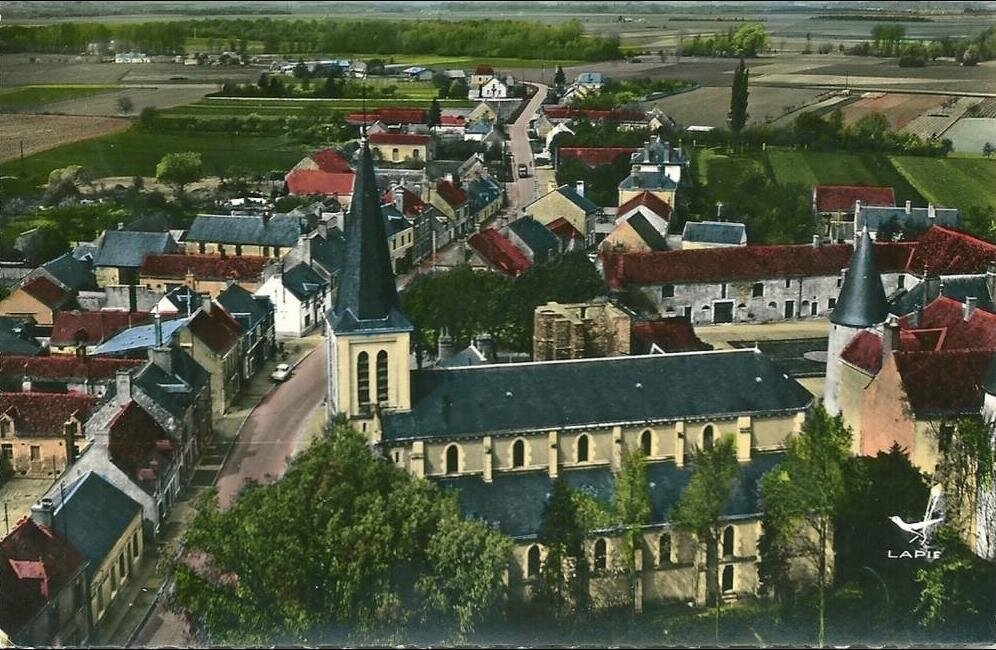
Jeanne was known as a "fille du roi", one of about 700 unmarried women who were sent to New France by King Louis XIV to solve a gender imbalance problem, and ultimately help to populate the new colony. They were called “daughters of the king” because Louis XIV paid for their recruitment, clothing and passage to the new world and offered dowries to the women when they married. The filles du roi represent half of the women who immigrated to New France early in the colony's history.
Jeanne arrived in Canada on July 30, 1671, aboard Le Prince Maurice at the age of about 16.
She married her first husband, Antoine Leduc, sometime before 1675. The couple had three children: Marie Françoise, Jean Baptiste and Pierre Charles. Antoine died prematurely, between February 17, 1682, and February 29, 1688.
Widowhood and Remarriage
The reality of living in New France meant that marriages lasting over 20 years were rare. When a spouse died, it was crucial for the widow or widower to remarry quickly. Most couples had numerous children, and taking care of them alone was a difficult proposition. Widows had a harder time finding a husband than a widower, given that they normally had a house full of children and little capital to their name. The younger she was, the quicker she remarried. It took an average of three years for a widow to remarry. For a widower, the average was two years. Things were slightly different in the very early days of the colony. Before 1680, about half of widows and widowers remarried within a year of their spouse's death.
Marriage
Pierre Raleau dit Vaillant and Jeanne Faucheux signed a marriage contract in Sainte-Anne-de-la-Pérade on February 29, 1688, before notary de Merommont. Pierre was 24 years old; Jeanne was 32. The couple was married on the same day in Sainte-Anne-de-la-Pérade, though the marriage record was registered with the nearby parish of St-François-Xavier in Batiscan.
1688 marriage record of Pierre and Jeanne (FamilySearch)
Sainte-Anne-de-la-Pérade
Map of Sainte-Anne-de-la-Pérade and the Sainte-Anne River, 1898 (Bibliothèque et Archives nationales du Québec)
Church of Sainte-Anne-de-la Pérade, circa 1930 (Bibliothèque et Archives nationales du Québec)
The origins of the town date back to the very beginning of 1667, with the concession of the seigneury of Sainte-Anne (or Île Sainte-Anne) by the intendant Jean Talon to Michel Gamelin. This seigneury measured half a league wide (facing the Saint-Lawrence) by a league in depth, and included the island of Saint-Ignace and the island of Sainte-Marguerite. On January 8, 1710, the islands were given to Pierre-Thomas Tarieu de la Pérade, son of Thomas Tarieu who was married to Madeleine de Verchères, the Canadian heroine who legend has it, at the age of 14, bravely defended her parents' fort against the Iroquois. Following another increase in territory in April 1735 to Pierre-Thomas Tarieu, the name of Sainte-Anne-de-la-Pérade was given in his honour.
Pierre and Jeanne settled in Sainte-Anne-de-la-Pérade, where they had at least 4 children:
Pierre René Vaillant, baptized on 24 May 1689 in Batiscan. He married Anne Gauthier on 23 May 1717 in the parish church of Sainte-Anne in Varennes. He was buried on 27 May 1751 in L'Assomption.
Marie Madeleine Vaillant, cited 25 May 1712 in La Pérade (nothing else is known about her)
Marie Anne Vaillant, born and baptized on 30 Aug 1692 in Sainte-Anne-de-la-Pérade. She married Claude Biguet dit Norbert on 7 Jan 1722 in Sainte-Anne-de-la-Pérade. She died on 26 Oct 1769 in Sainte-Anne-de-la-Pérade.
Louis Vaillant, born on 15 Mar 1696 in Sainte-Anne-de-la-Pérade. He was a voyageur from 1723 to 1730. He was buried on 16 Feb 1760 in L'Assomption.
What is a Voyageur?
A voyageur was a person contracted to transport furs by canoe (from the “west”) during the fur trade years. Contrary to the coureur des bois, a voyageur was legally hired ("engagé") under a contract to a merchant or an “engageur”; these contracts, drawn by notaries, usually stated the conditions under which the engagé was to canoe and carry merchandise up to various posts in the Great Lakes or Illinois, and come back with furs that they bartered the merchandise for.
They were normally Canadians, colonists or sons of colonists who were used to difficult canoeing from a young age.
"Voyageurs", 1846 oil painting by Charles Deas (Wikimedia Commons)
Louis Vaillant's voyageur contracts at a glance:
May 29, 1723, Ville-Marie (present-day Montréal): contract with Dame Anne Lemire and Estienne de Villedonné. He will receive 170 livres plus food to travel by canoe to Michilimackinac with merchandise; on the return trip, the canoe will be loaded with animal pelts. He will be paid half in deer pelts and half in "good pelts" upon his return.
May 9, 1725, Ville-Marie: contract with Paul Dejardin de Rupallois, Mr. de Villedonné and Louis Dejardin. He will receive 170 livres plus food to travel by canoe to Michilimackinac with merchandise; on the return trip, the canoe will be loaded with animal pelts. He will be paid in either cash or pelts upon his return. Louis is allowed to bring 15 pounds of tobacco aboard without having to pay any duties.
May 30, 1727, Montréal: contract with merchant Ignace Gamelin. He will travel by canoe to Michilimackinac with merchandise; on the return trip, the canoe will be loaded with animal pelts. He will be paid 100 livres upon his return.
May 28, 1730, Montréal: contract with De Croisille and Jean-Baptiste Leconte, agreeing to "obey and serve them faithfully". He will receive 200 livres plus food to travel by canoe to Michilimackinac with merchandise and pelts; on the return trip, the canoe will be loaded with animal pelts. He will be paid in beaver or other animal pelts upon his return.
Michilimackinac on Lake Huron, 1813 engraving by Thomas Hall (Library and Archives Canada)
Fort Michilimackinac (located near present-day Mackinac Bridge, Mackinaw City, Michigan) was built by the French in 1715 and became an important location in the fur trade. It originally served as a supply depot for fur traders and voyageurs, who would take furs from the fort and paddle them up the Saint-Lawrence for eventual export to Europe. Ongoing conflict meant that the fort's ownership often changed between the French, English and Indigenous. It was finally abandoned in 1783.
Deaths & Burials
Jeanne Faucheux died at the age of 66 on November 20, 1721, in Sainte-Anne-de-la-Pérade. She was buried the next day inside the parish church, after "receiving all the sacraments, having shown the marks of a good Christian".
1721 burial of Jeanne Faucheux (FamilySearch)
Buried inside the church?
Intramural church burials are an ancient Christian tradition that early colonists brought with them from France. French tradition dictated that the privilege was mainly reserved for clergy and nobles. In New France, however, we find that burials within church walls were not restricted to this group of elites. They were performed for those belonging to the most powerful social groups (which could even include farmers), those who were most successful in their trade and those who were committed to their church and community. Bodies were placed in the crypt (or cellar) located under the floor of the church, or in a grave dug after raising the floor or a church bench. The funeral rites that accompanied such a burial were generally more elaborate and expensive than those performed for a cemetery burial. The practice of intramural church burials disappeared from most parishes by the mid-nineteenth century, mainly due to public hygiene concerns and a lack of space.
Pierre Raleau dit Vaillant died at the age of 72 on September 11, 1735, in the house of Claude Biguet, his son-in-law, located in Sainte-Anne-de-la-Pérade. He was buried in the parish cemetery the following day after receiving "with piety, the sacraments of penitence and the extreme unction", in the presence of "a large number of parishioners".
1735 burial record of Pierre Raleau dit Vaillant (FamilySearch)
Interested in having a similar biography written about your own ancestors? Contact us today!
Enjoying our articles and resources? Consider showing your support by making a donation. Every contribution, no matter how small, helps us pay for website hosting and allows us to create more content relating to French-Canadian genealogy and history. Thank you! Merci!
Sources:
Fédération québécoise des sociétés de généalogie, Fichier Origine online database (https://www.fichierorigine.com/recherche?numero=244016), entry for VAILLANT / RALEAU, Pierre (b: Pantaléon) (person 244016), updated on 16 Oct 2015.
Programme de recherche en démographie historique (PRDH), Université de Montréal (https://www.prdh-igd.com), dictionary entry for Antoine Leduc & Jeanne Faucher, union #4451.
Programme de recherche en démographie historique (PRDH), Université de Montréal (https://www.prdh-igd.com), dictionary entry for Pierre Vaillant & Jeanne Faucher, union #6074.
Peter Gagné, Kings Daughters & Founding Mothers: the Filles du Roi, 1663-1673, Volume One (Orange Park, Florida : Quintin Publications, 2001), 247.
René Jetté and the PRDH, Dictionnaire généalogique des familles du Québec des origines à 1730 (Montréal, Gaëtan Morin Éditeur, 1983), page 1107, entry for Pierre Vaillant.
Centre du patrimoine, Voyageur contracts database, La Société historique de Saint-Boniface (https://archivesshsb.mb.ca/en).
Luke Cordes, "The Trade History of Fort Michilimackinac", Military History of the Upper Great Lakes, Michigan Technological University (https://ss.sites.mtu.edu/mhugl/2016/10/28/fort-michilimackinac-trade/)
Thuot, Jean-René, "La pratique de l’inhumation dans l’église dans Lanaudière entre 1810 et 1860 : entre privilège, reconnaissance et concours de circonstances", 2006, Études d'histoire religieuse, 72, 75–96, digitized by Érudit (https://doi.org/10.7202/1006589ar)
André Lachance, Vivre, aimer et mourir en Nouvelle-France; Juger et punir en Nouvelle-France: la vie quotidienne aux XVIIe et XVIIIe siècles (Montréal, Québec: Éditions Libre Expression, 2004), 38-40.
"Immigration", Virtual Museum of New France, Canadian Museum of History (https://www.historymuseum.ca/virtual-museum-of-new-france/population/immigration/), research by Leslie Choquette, Ph.D.





